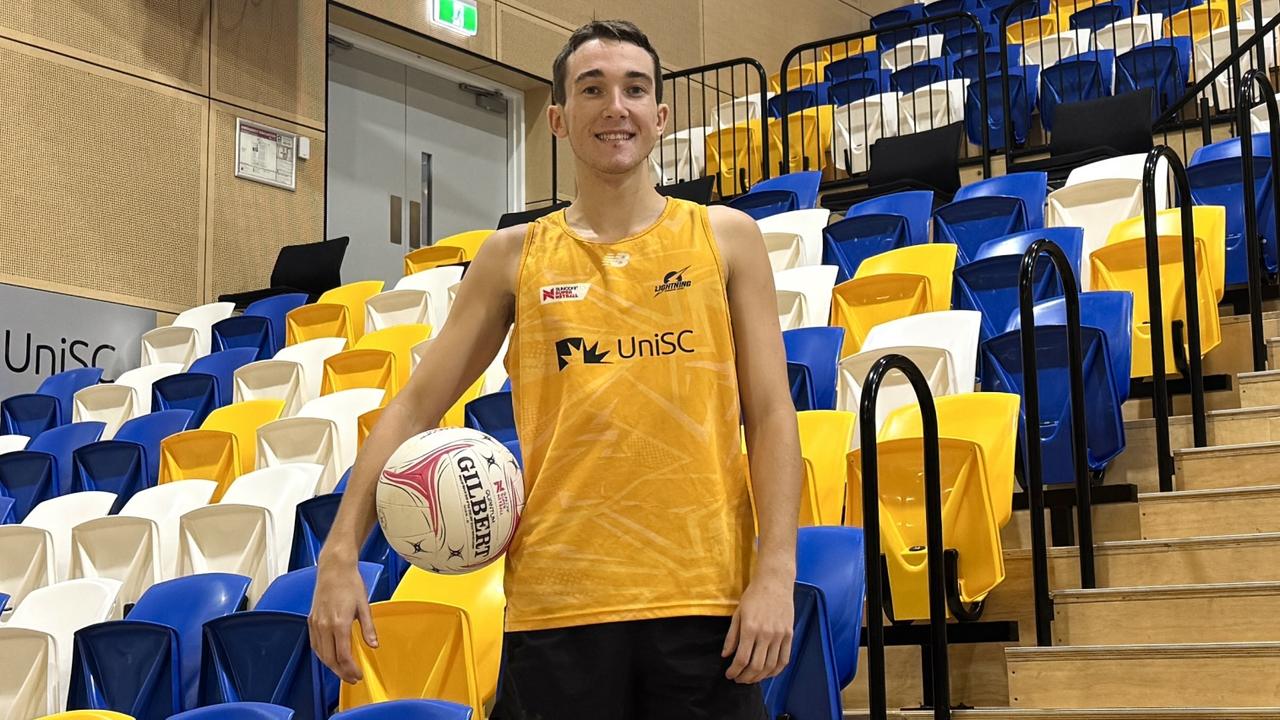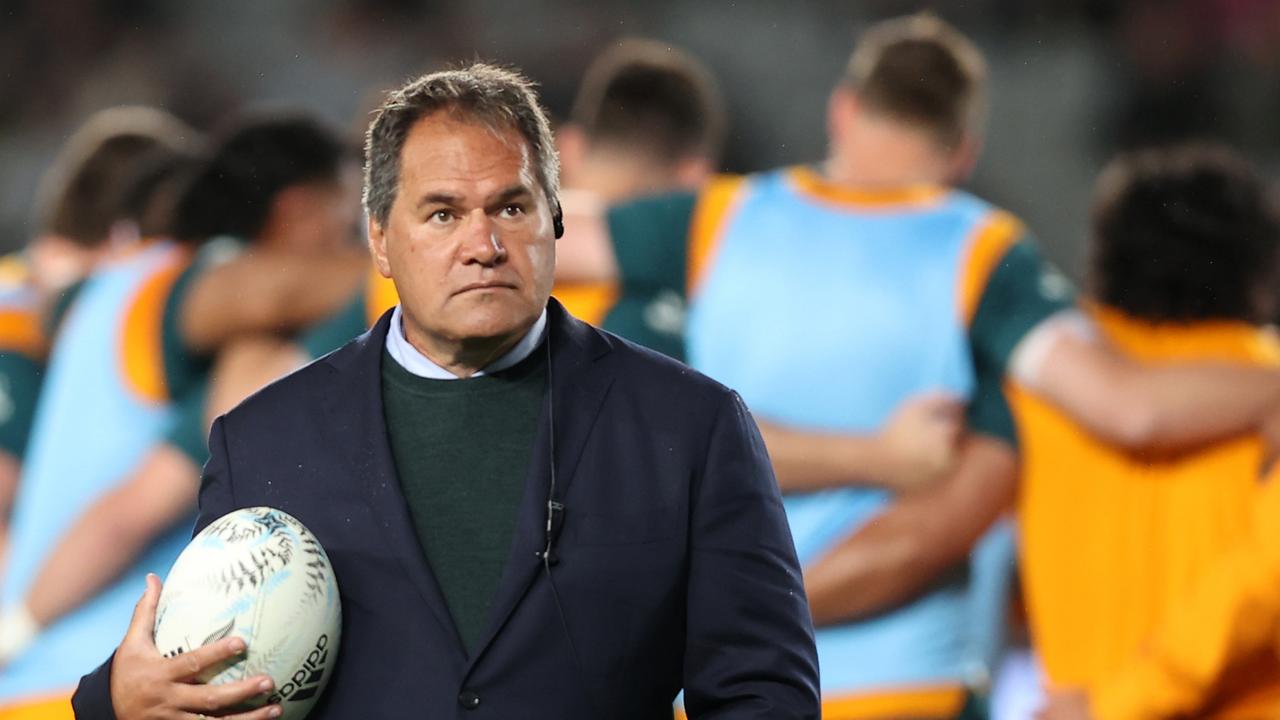Aryna Sabalenka’s Aussie stats mastermind Shane Liyanage behind her attempt at three consecutive Australian Open titles
He may just look like a face in the crowd, but Shane Liyanage is one of the masterminds behind Aryna Sabalenka’s success – and will be crucial in her attempt at a third straight Australian Open.
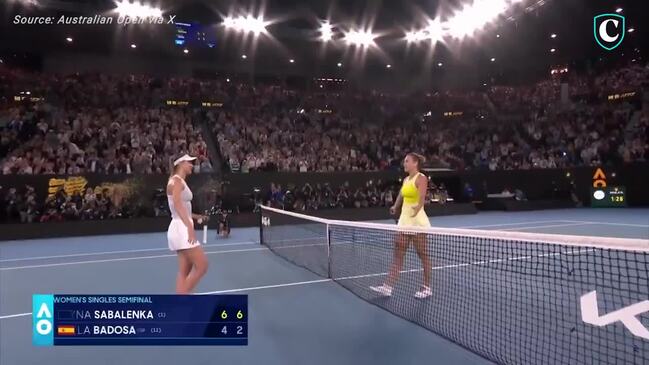
Sport
Don't miss out on the headlines from Sport. Followed categories will be added to My News.
An Aussie will be playing a key role crunching the numbers for world No. 1 Aryna Sabalenka as she bids for a place in Australian Open history on Saturday.
As the Belarusian star aims to join elite company with a hat-trick of wins at Melbourne Park, Australian data analyst Shane Liyanage will be sitting in the players’ box providing critical and real-time information to her coaching team during the final against Madison Keys.
Liyanage has been working with the Sabalenka team for five years in what has become an increasingly crucial role of performance data analysis in tennis.
The Melbourne-based data scientist will spend hours combing through match, training and opposition data to help give Sabalenka’s team the smallest edge the two-time Australian Open champion can use on court.
Sabalenka can put her name in elite company alongside the likes of Martina Hingis, Monica Seles, Steffi Graf, Evonne Goolagong Cawley and Margaret Court if she can win for a third year in a row at the Australian Open.
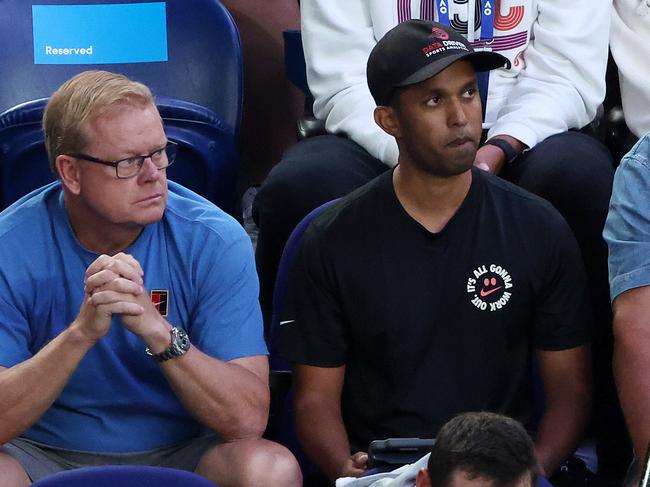
HOW HE HELPS IMPROVE SABALENKA’S GAME
Liyanage works closely with Sabalenka’s coach Anton Dubrov and her biomechanics coach Gavin MacMillan, travelling to every grand slam and other key events.
“We take her match data, her training data and try and help different members of the team as much as possible,” Liyanage said
“We look at the data to help improve her game, but in a tournament we are also looking at the next round opponent, how we can break them down using the strengths and weaknesses that Aryna has got.
“I’m also working with other members of the team. So she has got a bio-mechanist in there, to try and get data on things like her joints when she is hitting a shot, or a serve to try and help him in his job.
“And with the physio and trainer as well to try and get data on her load, how many times she is landing on her hip and changes of direction, to help them to do their job.
“I do all the grand slams and any big events that they feel necessary to have me.”
Liyanage was a former “money-level” tour tennis player in Australia before earning a data science qualification and masters in sports analytics.
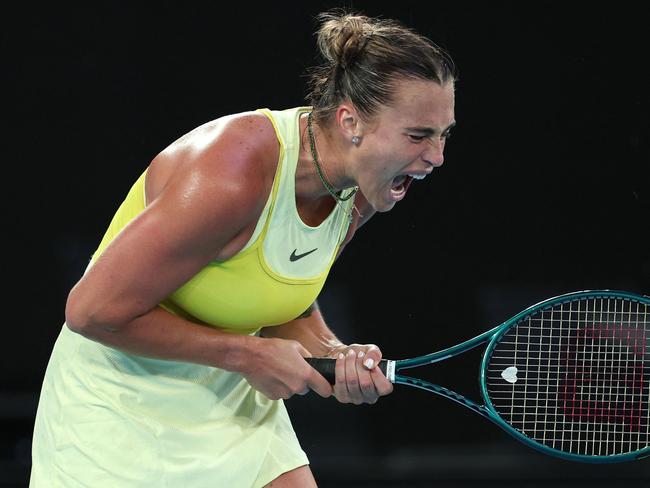
He got his break on the tour providing support for former Italian player Thomas Fabbiano and has worked with other top players, including Tunisian former world No. 2 Ons Jabeur.
Liyanage has been working with the Sabalenka team since the start of 2021 and said his role was “all encompassing” with data support before, during and after matches.
He also has his own dedicated team working behind the scenes for his company Data Driven Sports Analytics based around the world providing support remotely.
Liyanage sits in the players’ box with the Sabalenka team, providing live analysis to her coaches, who then decide what and when to relay in a match.
“We use the tournament data and we use the data that we are collecting and we are in constant communication with Anton in the box and also Gavin as well,” Liyanage said.
“We try and be there for them, if they have got questions, I can answer them and if I see something I will say it as well.
“It’s a bit of an art in terms of the communication, so Anton has to pick the moment to relay something back and he rightfully chooses what to relay back and what not to tell her as well.
“During a match – it depends on the match-up a little bit – but we know her strengths so we always try and look if she is hitting her KPI’s in the areas that she needs to succeed in a match. If she is below it, try and understand why – whether it’s shot direction or placement – so we try and communicate that information.
“In a match, one of the biggest things that you can influence and make a quick change is to know the serve patterns of the player and the opponent, so you can adjust your returns.”
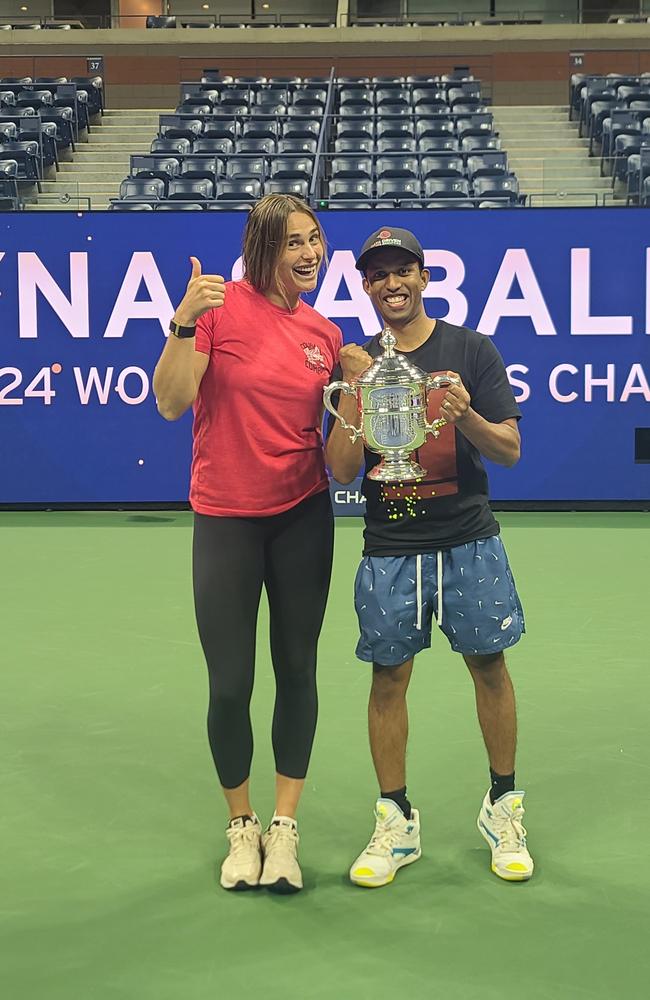
HOW DATA AND SPORT IS CHANGING RAPIDLY
Liyanage said data analytics had become increasingly important in tennis and said every player in the top 20 was using it and about 60 per cent of players in the top 100.
Cost was a prohibitive factor for some players, but he believed the small gains that could be made by analysing data could be the difference between winning and losing a grand slam.
“We have been in matches where it has been one or two or three points deciding the outcome,” Liyanage said.
“The final a couple of years ago with (Elena) Rybakina there was a change that I think we made at the end of the first set that was influential in turning that match around as well.
“Like everything, you want to try and review what you have done to try and improve for the next time, so I think data is critical in being able to do that.
“I think it is now part and parcel of tennis like it is in every other sport.”
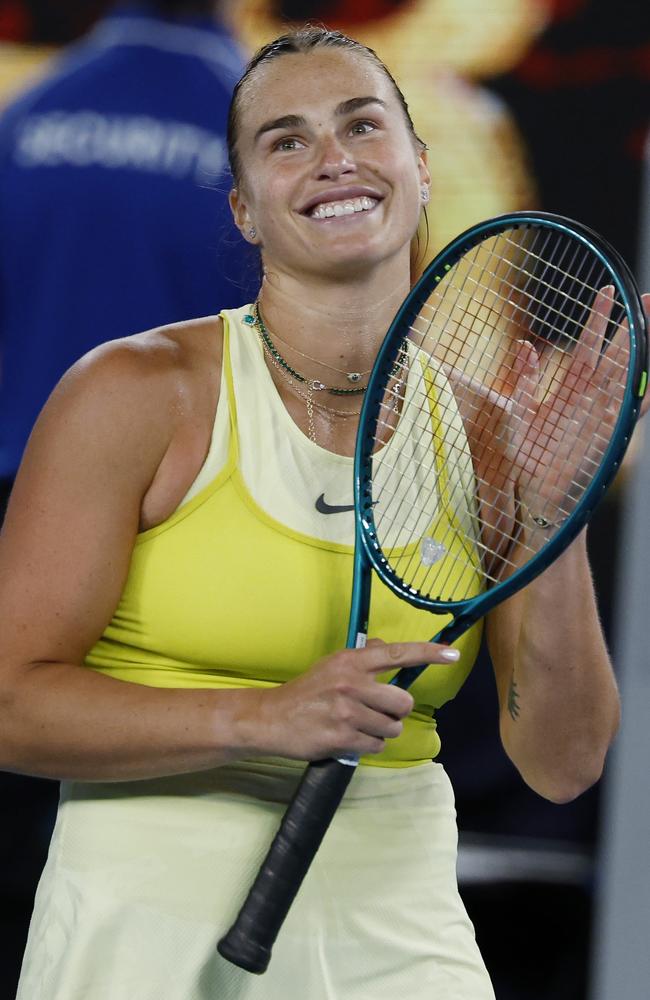
Opposition analysis was the most critical part of Liyanage’s job at grand slams, especially ahead of a final.
He would help Sabalenka’s team prepare with multiple game plans to counter whatever gets thrown at the three-time grand slam champion at Rod Laver Arena on Saturday night.
“In a tournament the focus is really a lot more on the opponent and looking at what they have been doing recently, what they have been doing against players that play similar to Aryna,” Liyanage said.
“Then we try to marry up our strengths and our limitations against their strengths and limitations and try to find a game plan A, B, C and D that we can apply in a match, or confident that Aryna can apply in a match.
“I don’t know how big or small the data contribution is, but I would like to think there are definitely things that we have provided in the tournament (that helped).
ENDS
More Coverage
Originally published as Aryna Sabalenka’s Aussie stats mastermind Shane Liyanage behind her attempt at three consecutive Australian Open titles




